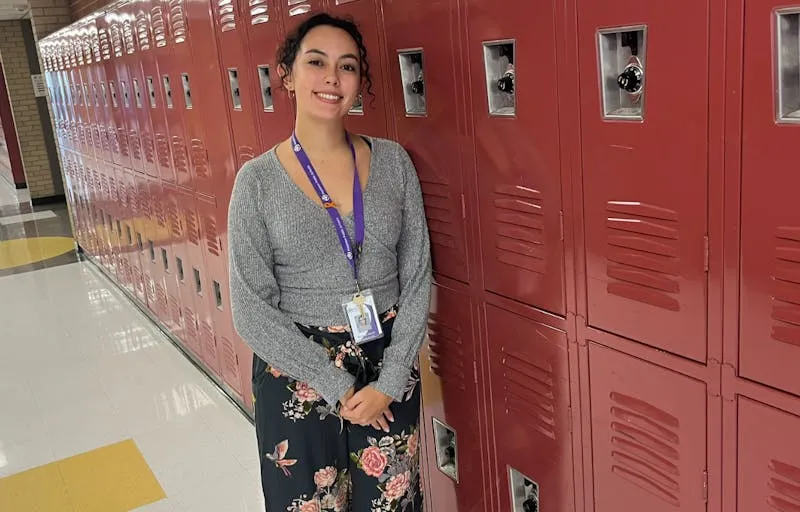Arizona State University (left) and the University of California, San Diego, are two HSIs.
Photo illustration by Justin Morrison/Inside Higher Ed | InnaPoka and yongyuan/iStock/Getty Images
The country’s roughly 600 Hispanic-serving institutions are in peril of losing hundreds of millions of dollars annually from the federal government, after the Department of Justice said it won’t defend the program against a lawsuit alleging the way HSIs are currently defined is unconstitutional. The suit challenges the requirement that a college or university’s undergraduate population must be at least a quarter Hispanic to receive HSI funding.
U.S. solicitor general D. John Sauer wrote to House Speaker Mike Johnson July 25 that the DOJ “has determined that those provisions violate the equal-protection component of the Fifth Amendment’s Due Process Clause.” Federal law requires DOJ officers to notify Congress when they decide to refrain from defending a law on the grounds that it’s unconstitutional.
Citing the 2023 U.S. Supreme Court ruling that banned affirmative action in student admissions, Sauer wrote that “the Supreme Court has explained that ‘[o]utright racial balancing’ is ‘patently unconstitutional’” and said “its precedents make clear that the government lacks any legitimate interest in differentiating among universities based on whether ‘a specified number of seats in each class’ are occupied by ‘individuals from the preferred ethnic groups.’”
The Washington Free Beacon, a conservative outlet, first reported on the letter Friday. The DOJ subsequently provided Inside Higher Ed with the letter but gave no further comment or interviews.
The Free Beacon wrote that “the letter likely spells the end for the HSI grants, which the Trump administration is now taking steps to wind down.” The Education Department wrote in an email, “We can confirm the Free Beacon’s reporting,” but didn’t provide Inside Higher Ed an interview or answer further written questions.
Just because the executive branch has given up defending the program doesn’t necessarily mean it’s over—or that the group Students for Fair Admissions and the state of Tennessee have won the lawsuit they filed in June. The Hispanic Association of Colleges and Universities moved to intervene in the case late last month, asking U.S. District Court judge Katherine A. Crytzer to add the group as a defendant. She has yet to rule, but the Education Department and education secretary Linda McMahon, the current defendants, didn’t oppose this intervention.
The legal complaint from Students for Fair Admissions and Tennessee asks Crytzer to declare the program’s ethnicity-based requirements unconstitutional, but not necessarily to end the program altogether. Students for Fair Admissions is the group whose suits against Harvard University and the University of North Carolina at Chapel Hill yielded the 2023 Supreme Court decision banning affirmative action in admissions. In the suit over the HSI program, that group and Tennessee’s attorney general, Jonathan Skrmetti, now argue that the admissions ruling means Tennessee colleges and universities can’t use affirmative action to increase Hispanic student enrollments in order to qualify for HSI funding.
Deborah Santiago, co-founder and chief executive officer of Excelencia in Education, which promotes Latino student success, said Friday that the Education Department in June “opened a competition to award grants for this fiscal year for HSIs.”
“There are proposals to the Department of Education right now that they said they were going to allocate,” Santiago said, noting that the program was set to dole out more than $350 million this fiscal year—money that institutions use for faculty development, facilities and other purposes.
“The program doesn’t require that any of the money go to Hispanics at all,” she said. For a college or university to qualify for the program, at least half of the student body must be low-income, in addition to the requirement that a quarter be Hispanic.
“The value of a program like this has really been investing in institutions that have a high concentration of low-income, first generation students,” Santiago said.



